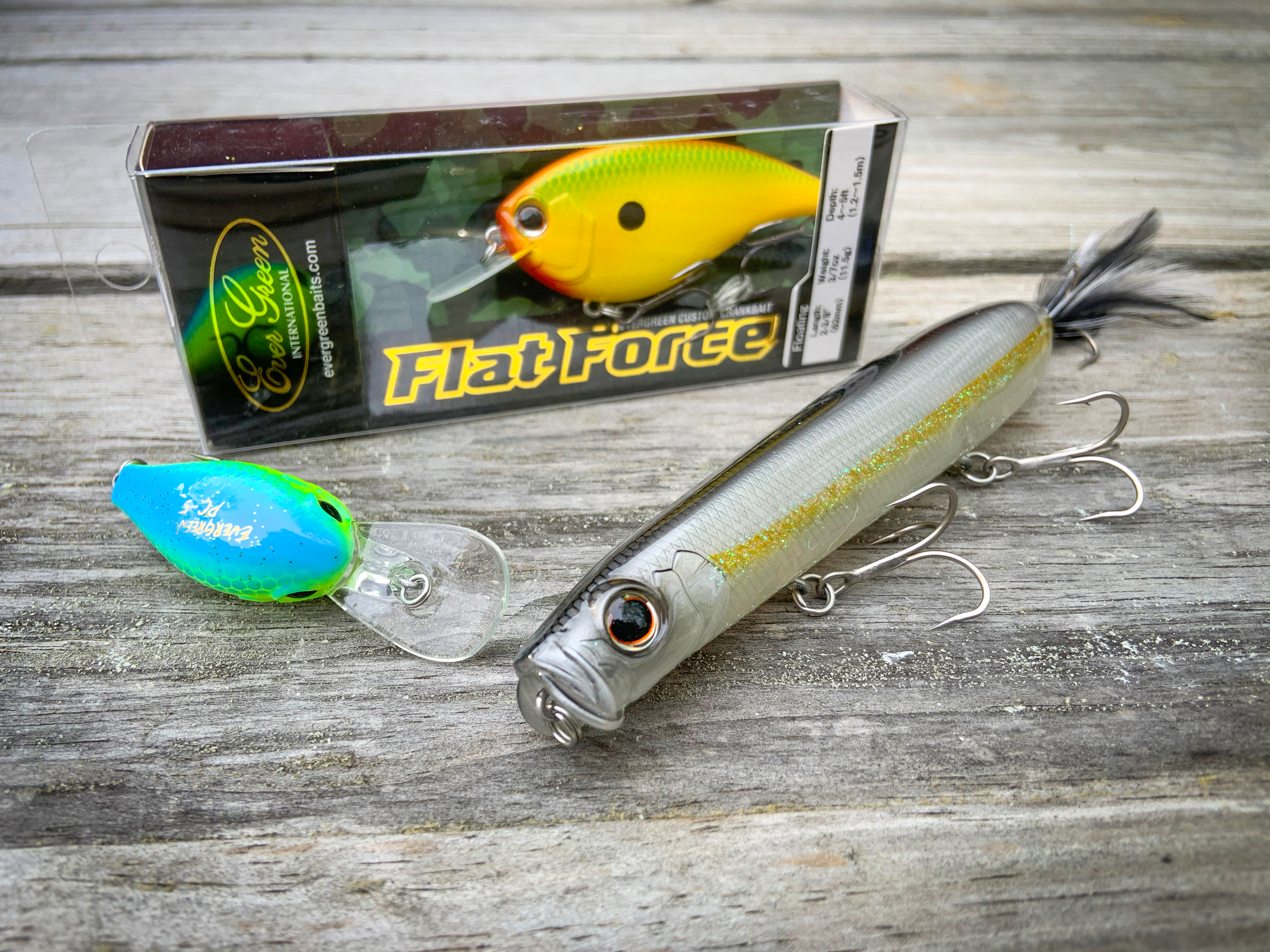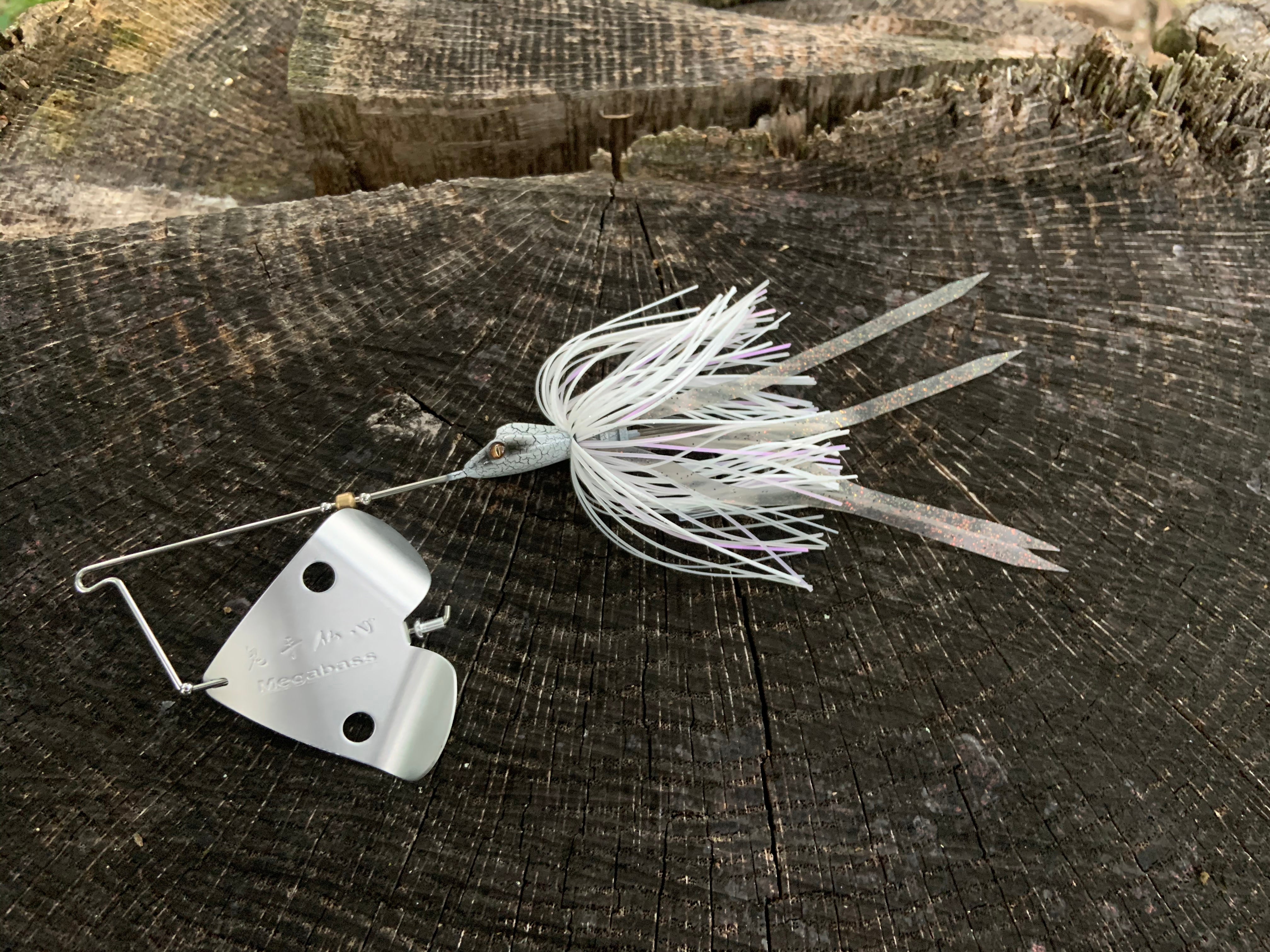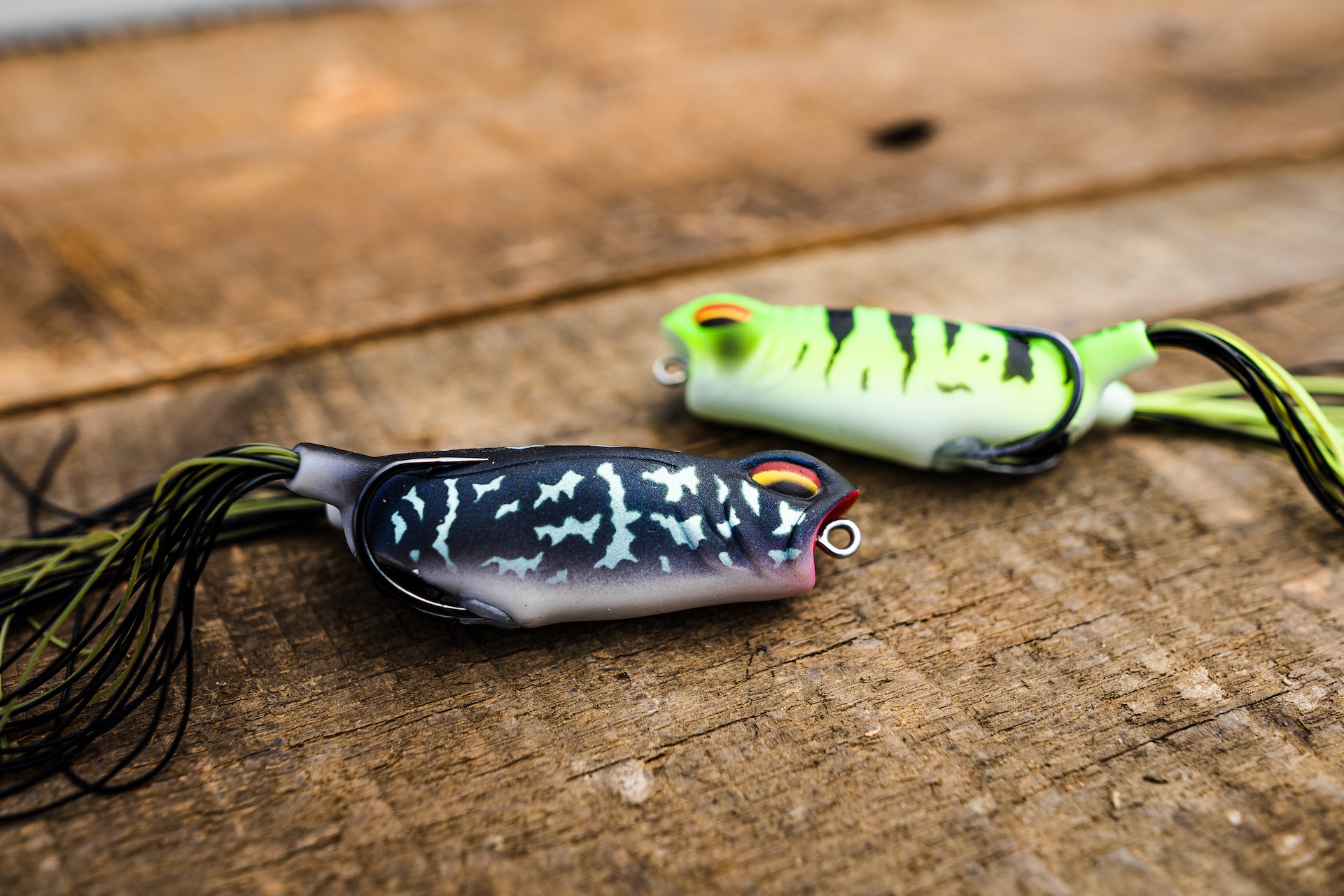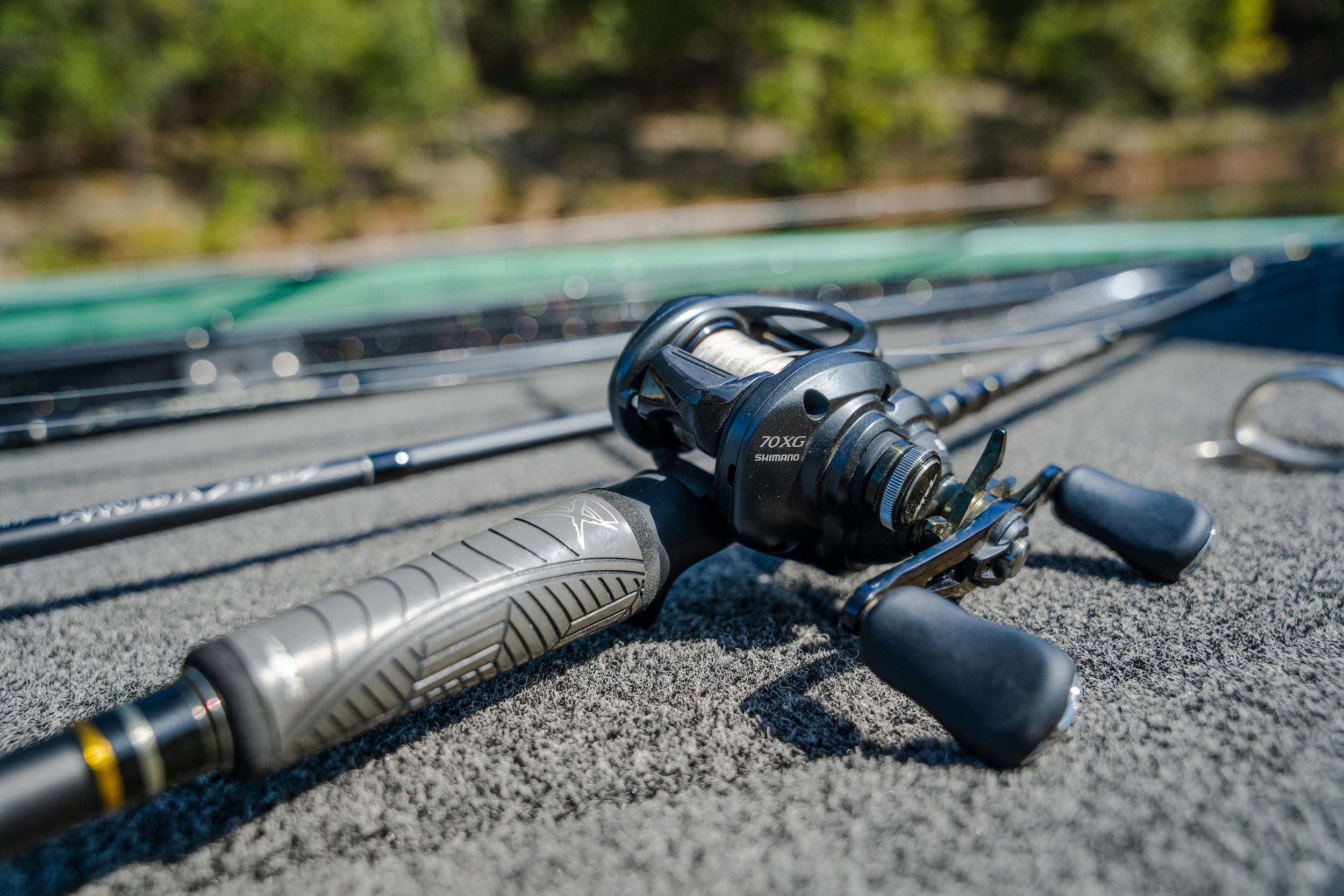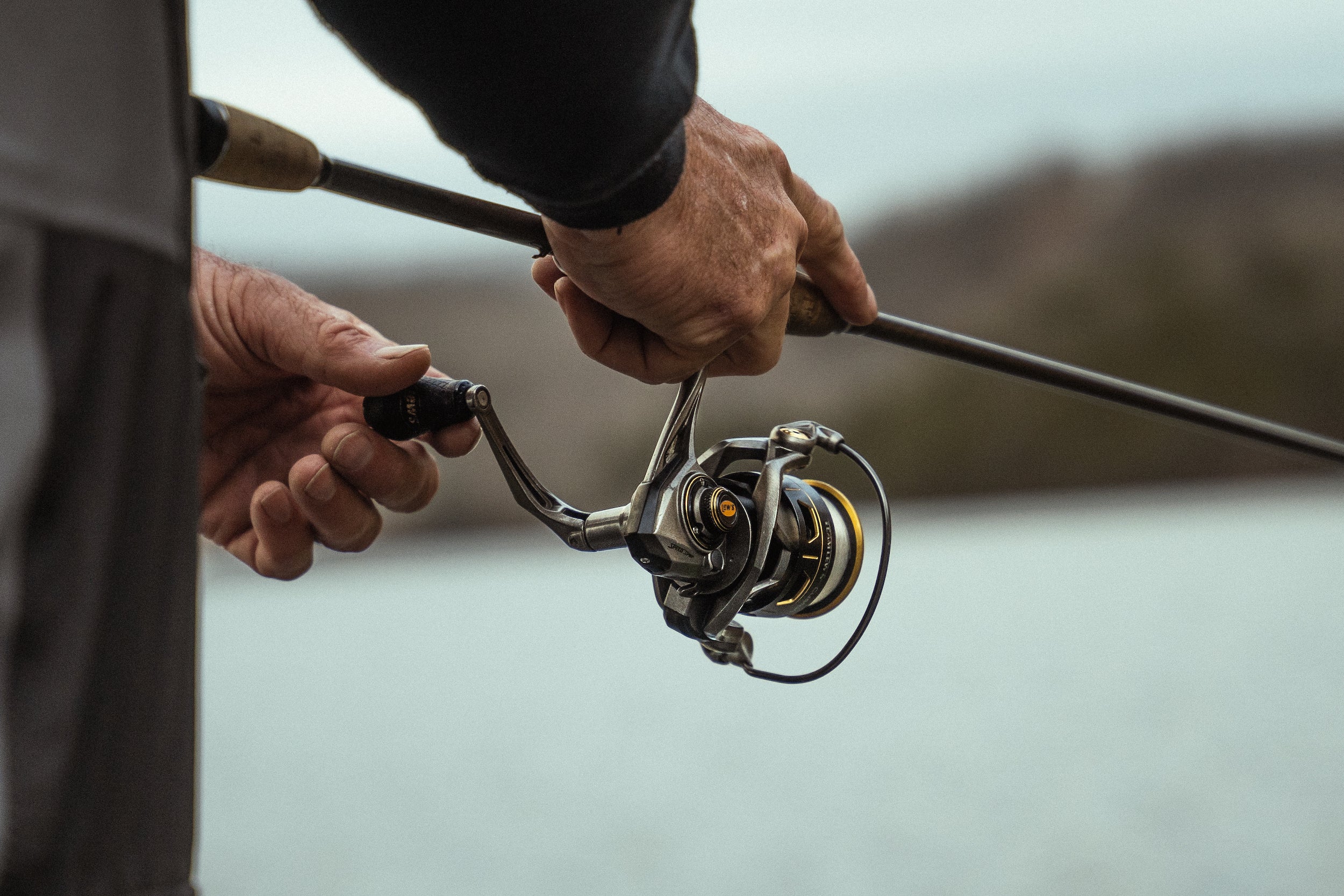Mastering the Art of Fishing for Spawning Bass: Tips, Techniques, and Tactics
Bass fishing enthusiasts eagerly anticipate the arrival of spring, not only for warmer weather but also for the excitement of bass spawning season. Understanding the intricacies of bass spawning behavior is essential for anglers looking to capitalize on this annual phenomenon. In this comprehensive guide, we'll delve into the key aspects of fishing for spawning bass, from identifying prime spawning areas to selecting the right lures and techniques for success.
1. Understanding Bass Spawning Behavior:
Bass spawning is a critical phase in the fish's life cycle, characterized by the migration of adult bass to shallow waters to reproduce. The process typically unfolds in three stages: pre-spawn, spawn, and post-spawn. During the pre-spawn phase, bass begin migrating from deeper water to shallower areas adjacent to spawning grounds. As water temperatures rise, bass enter the spawn phase, where they construct nests and engage in courtship rituals. The post-spawn period follows, during which bass recuperate from the spawning effort and gradually return to deeper waters.
2. Identifying Prime Spawning Areas:
Successful bass fishing during the spawn requires identifying prime spawning habitats. Shallow waters with abundant cover, such as vegetation, submerged brush, and rocky structures, are favored by spawning bass. Look for protected coves, backwaters, and shallow flats with access to deeper water nearby. Bass prefer areas with adequate sunlight and stable water conditions conducive to nest construction and fry survival.
3. Timing the Spawn:
The timing of the bass spawn varies across different regions of the country, influenced by factors such as water temperature and photoperiod. In Northern states, the spawn typically occurs later in the spring when water temperatures reach the optimal range of 55-65°F. Conversely, Southern states experience an earlier spawn, with water temperatures rising sooner in the season. Monitoring water temperature and understanding regional differences in spawn timing are crucial for planning successful fishing outings.
4. Factors Affecting Spawning Activity:
Water temperature plays a pivotal role in triggering bass spawning activity. As temperatures rise, bass become increasingly active and begin moving towards spawning areas. Additionally, the moon phase can influence spawning behavior, with full moons often associated with increased spawning activity. Anglers should pay close attention to these environmental factors when planning their fishing trips during the spawn.
5. Recommended Lures and Techniques:
When targeting spawning bass, it's essential to use lures and techniques that mimic natural prey and provoke a reaction from the fish. Soft plastics such as creature baits, senkos, and crawfish imitations are highly effective for enticing bedding bass. Jigs and spinnerbaits are also popular choices for covering water quickly and enticing reaction strikes. Sight fishing, flipping, and pitching are preferred techniques for presenting lures accurately to bedding bass in shallow water.
6. Regional Insights:
Bass fishing enthusiasts across the country can benefit from understanding regional variations in spawn timing and behavior. In the Midwest, for example, bass may spawn later in the spring due to cooler water temperatures, while Southern states experience an earlier spawn. Environmental factors such as water clarity, habitat availability, and local regulations can also influence bass behavior in different regions.
Conclusion:
Mastering the art of fishing for spawning bass requires a combination of knowledge, patience, and skill. By understanding the nuances of bass spawning behavior, identifying prime spawning areas, and employing the right lures and techniques, anglers can enhance their chances of success on the water. Whether you're fishing in the clear waters of the Midwest or the murky swamps of the Southeast, applying these insights will help you make the most of the exciting bass spawning season.



